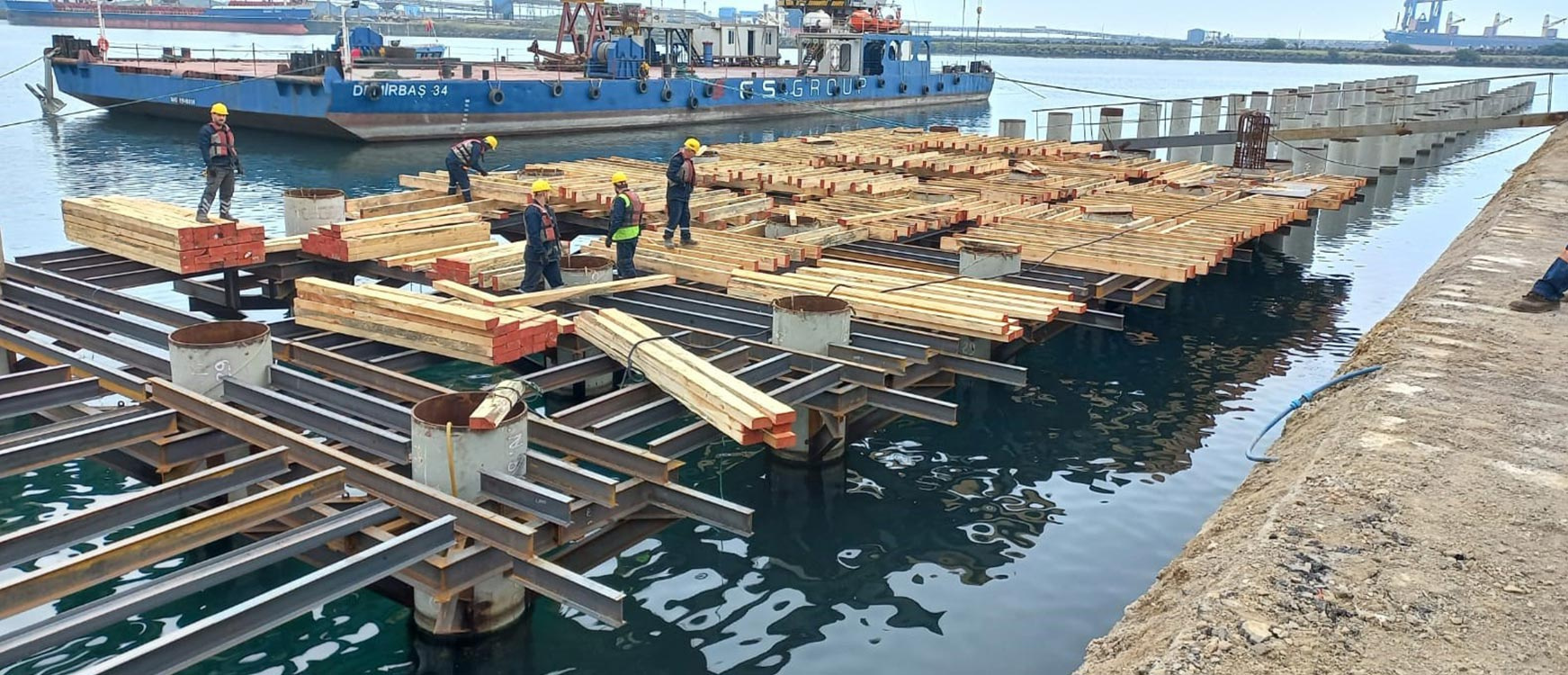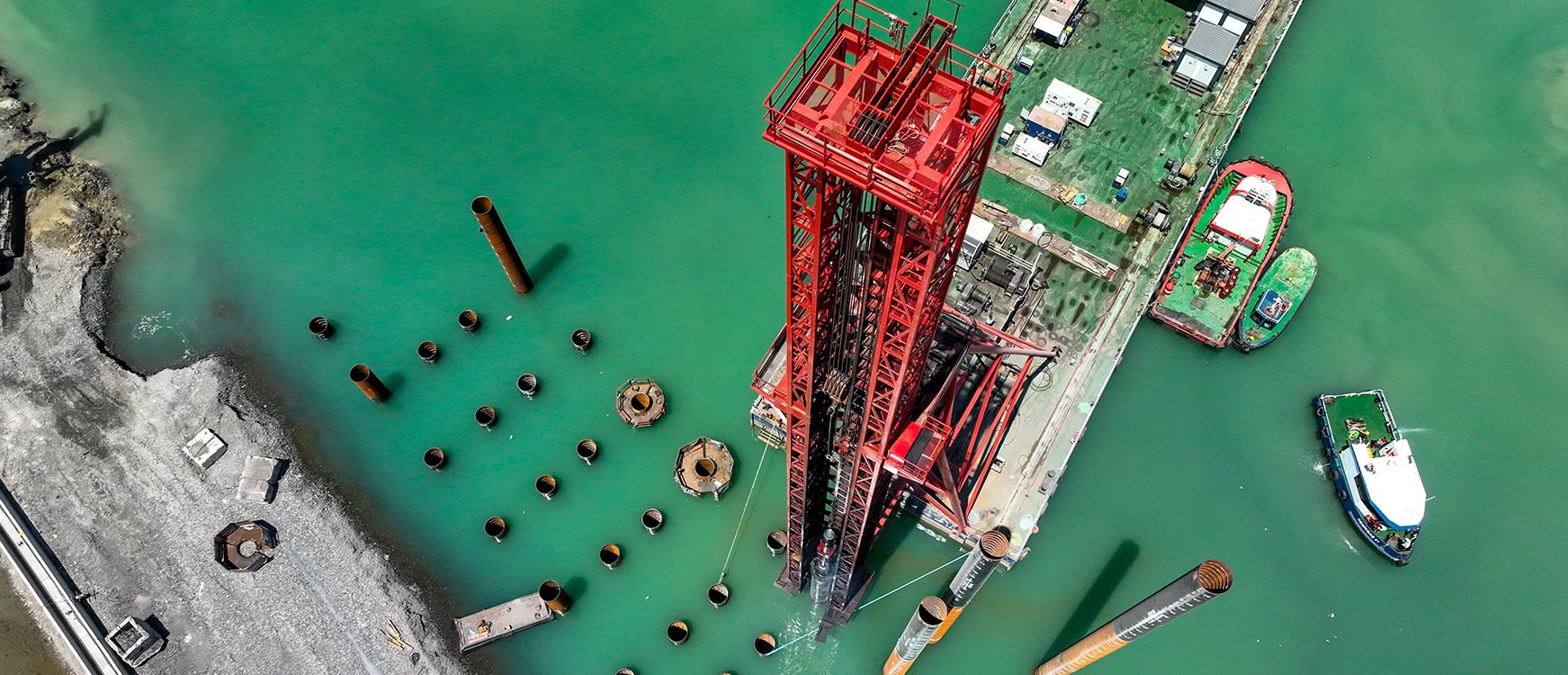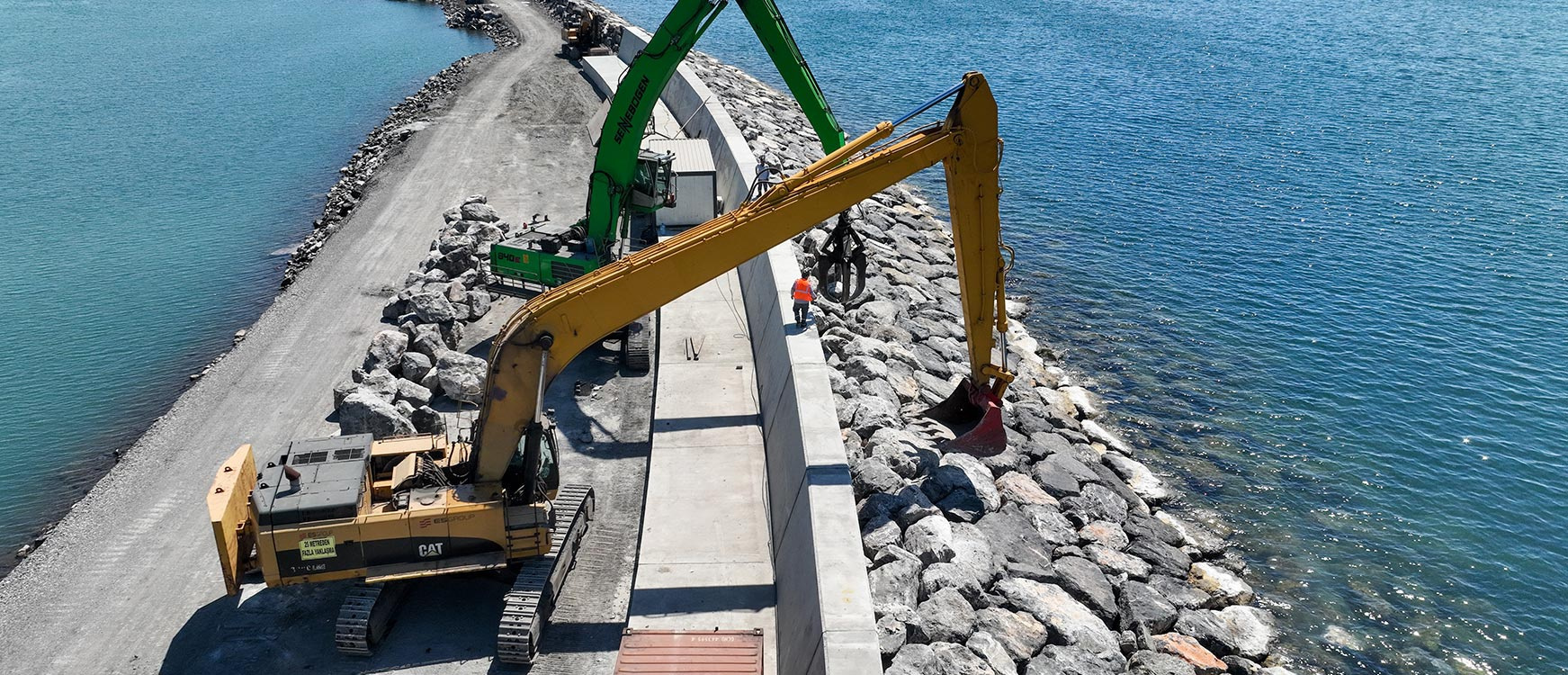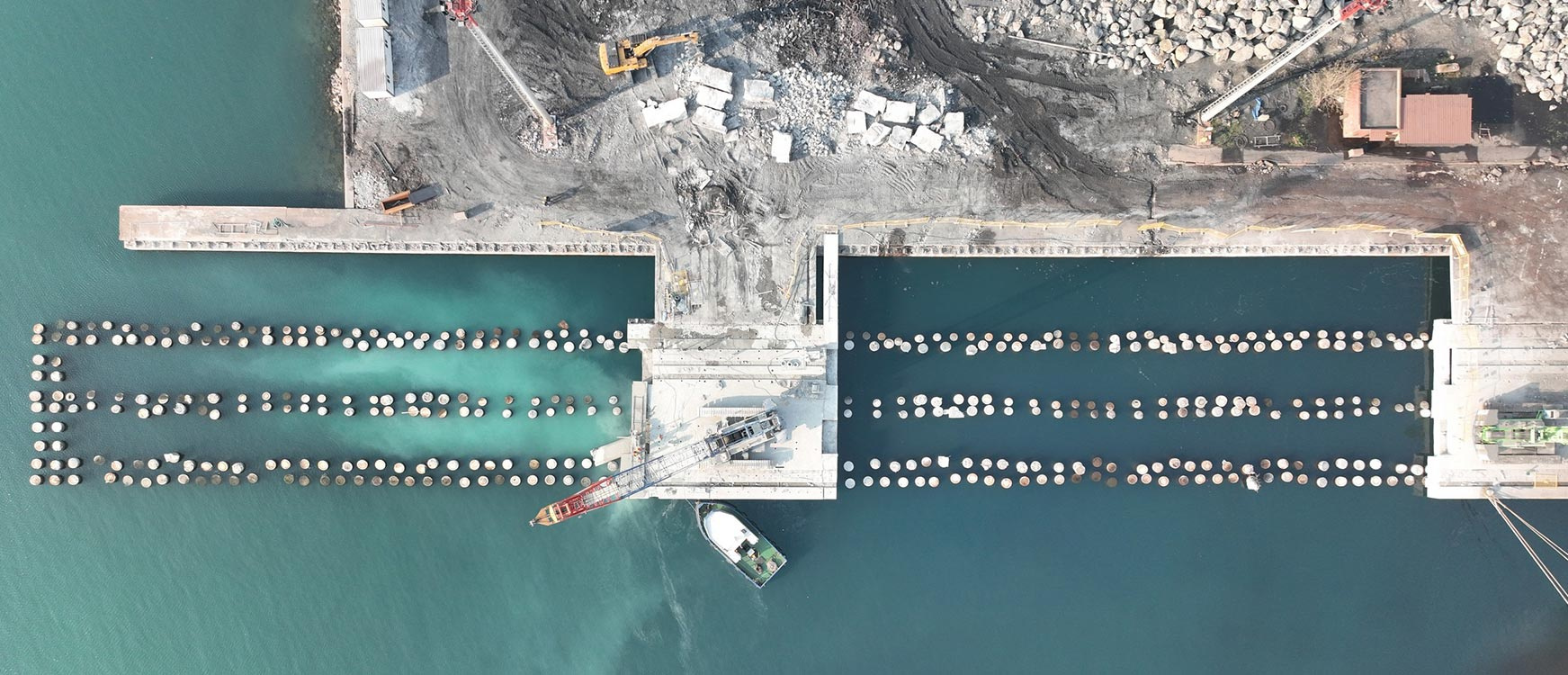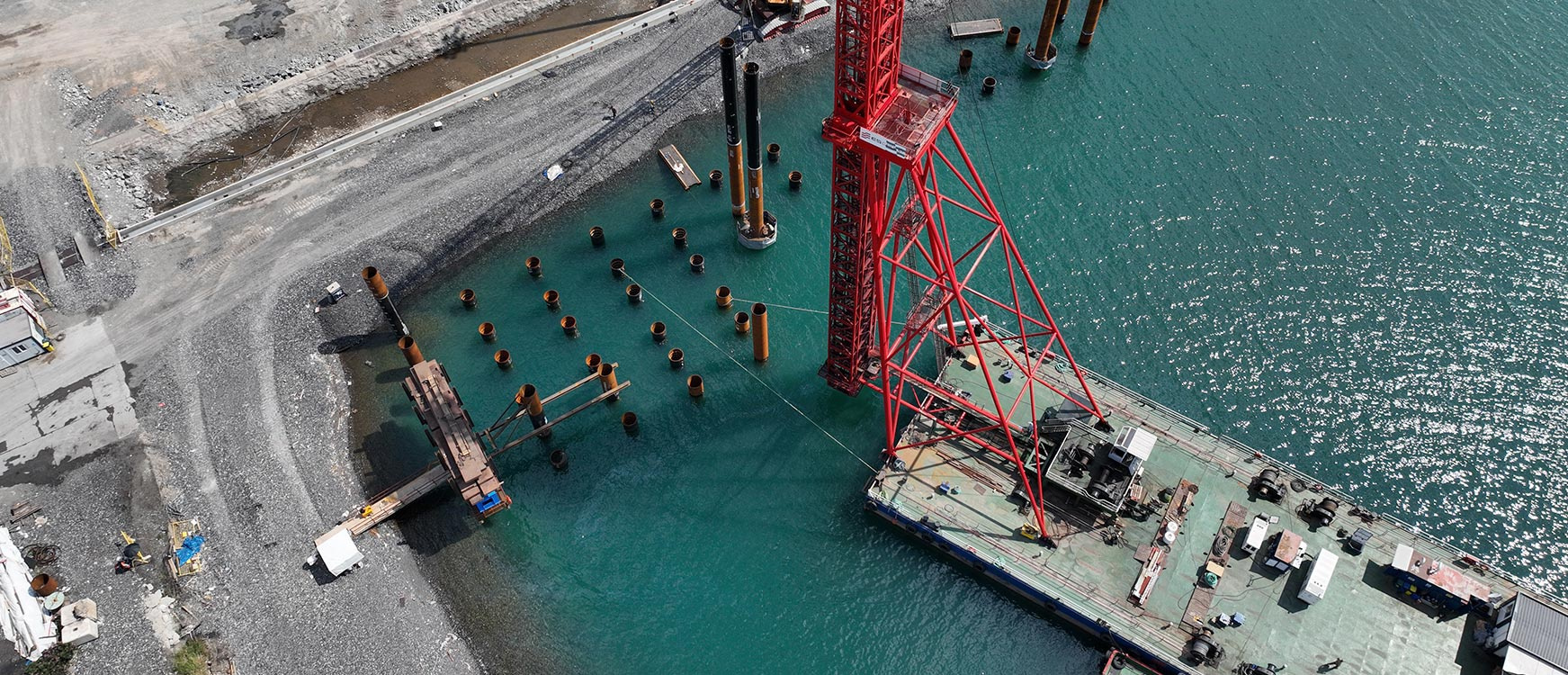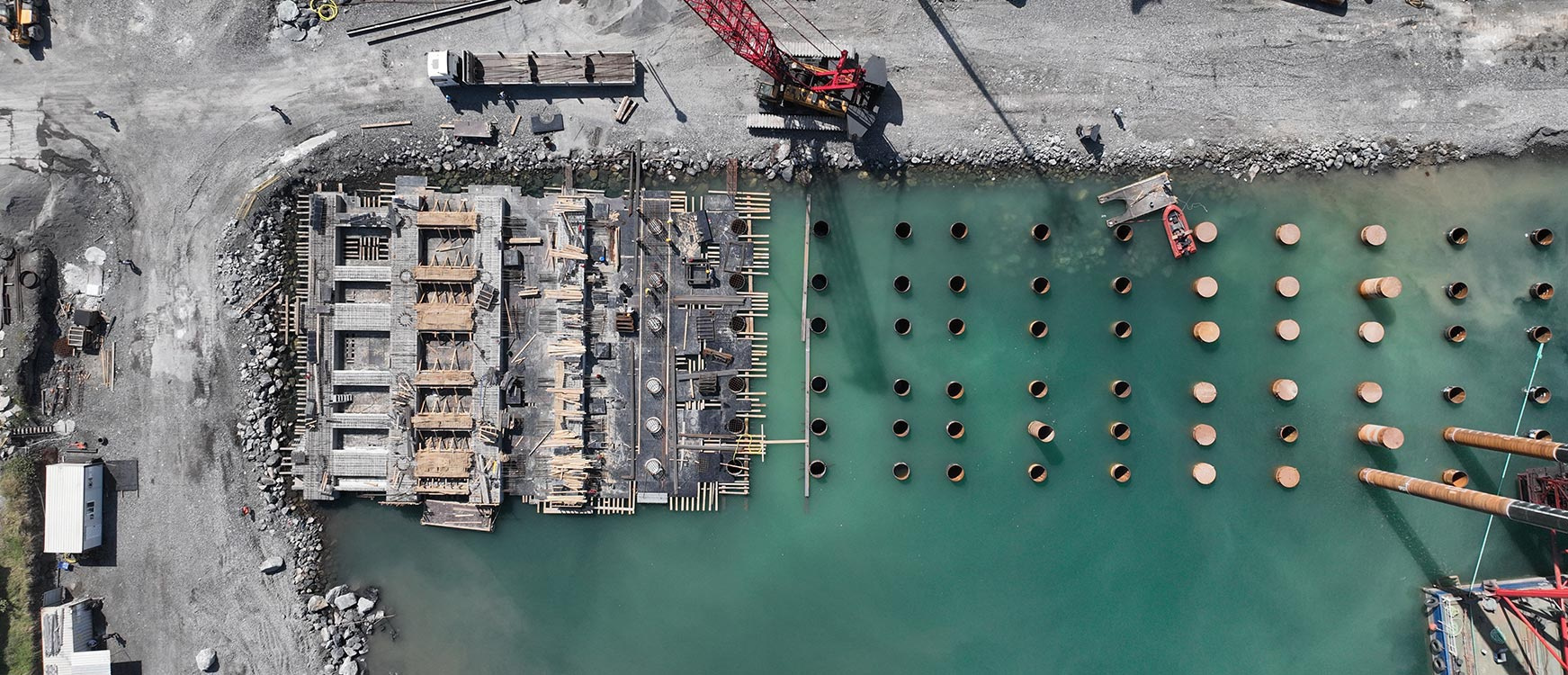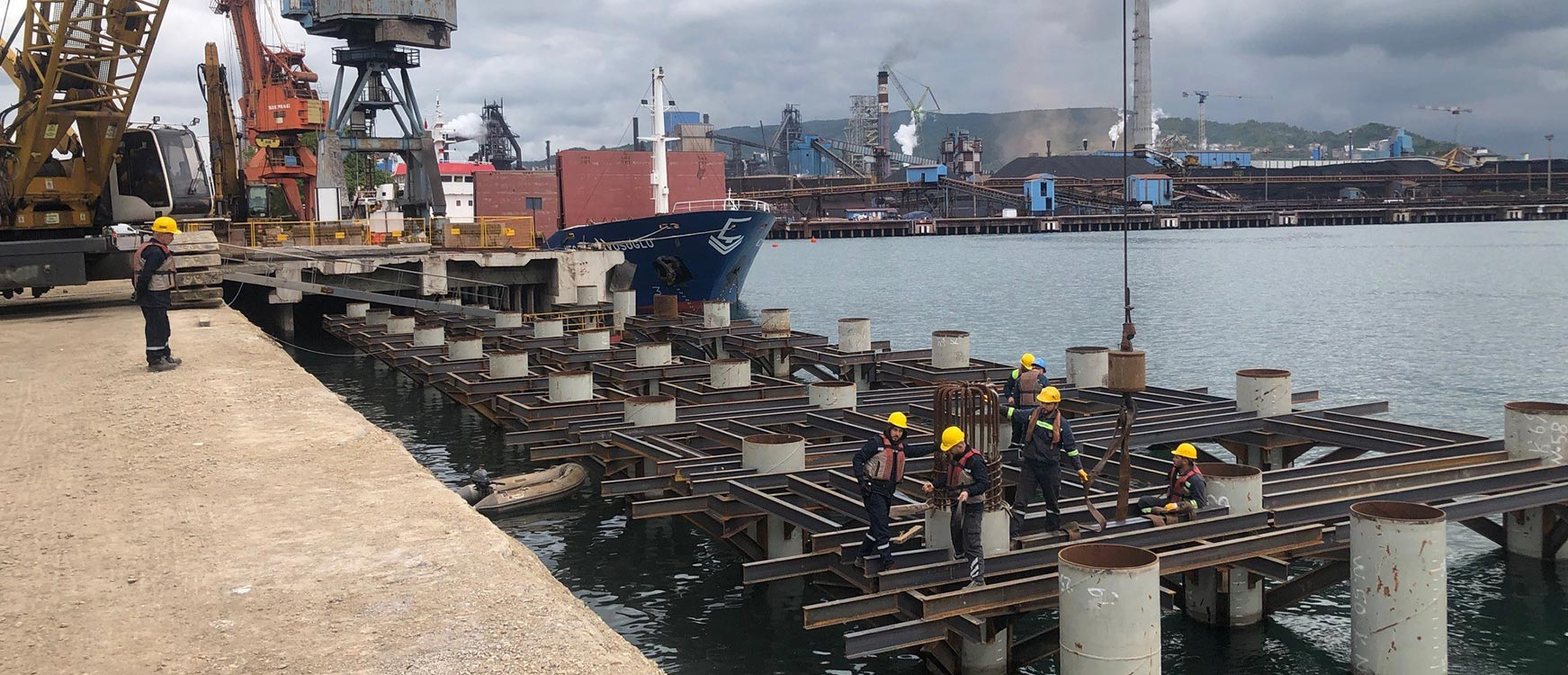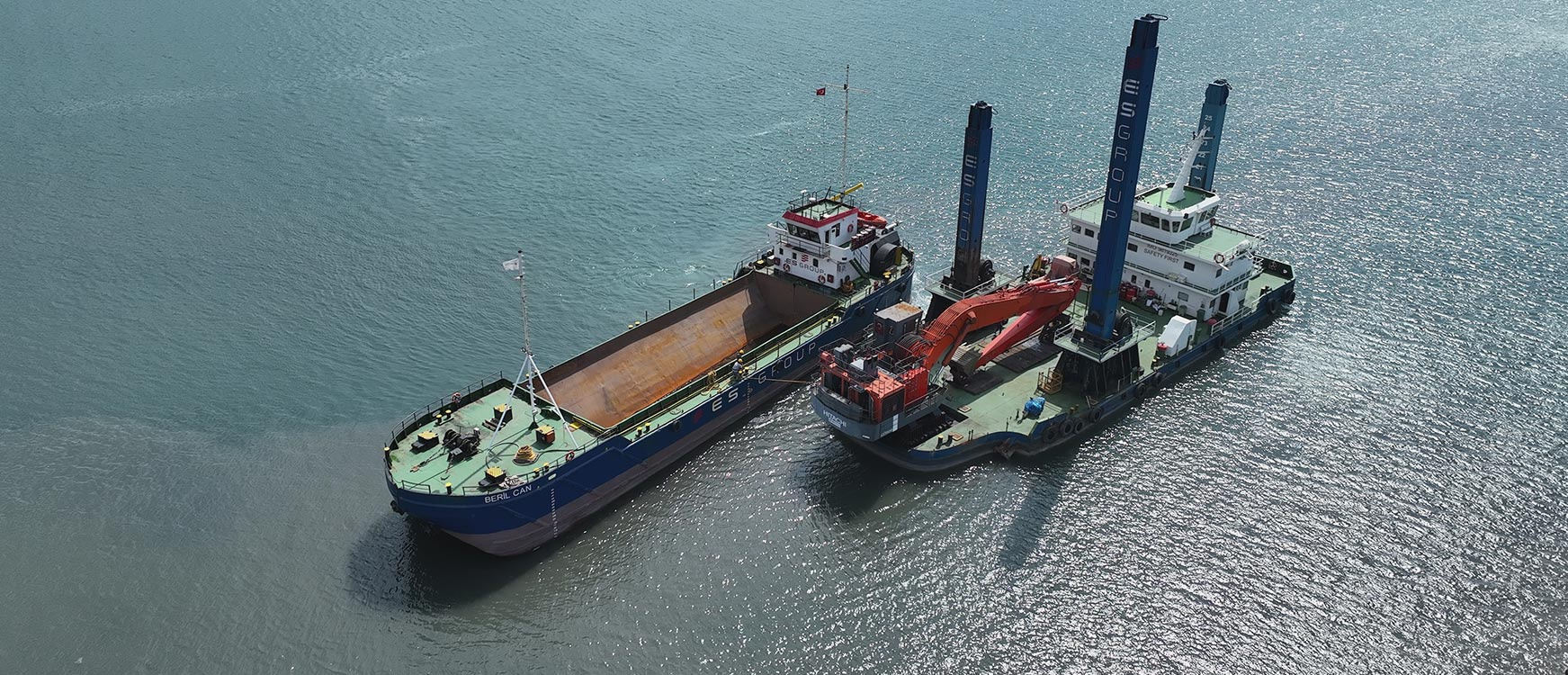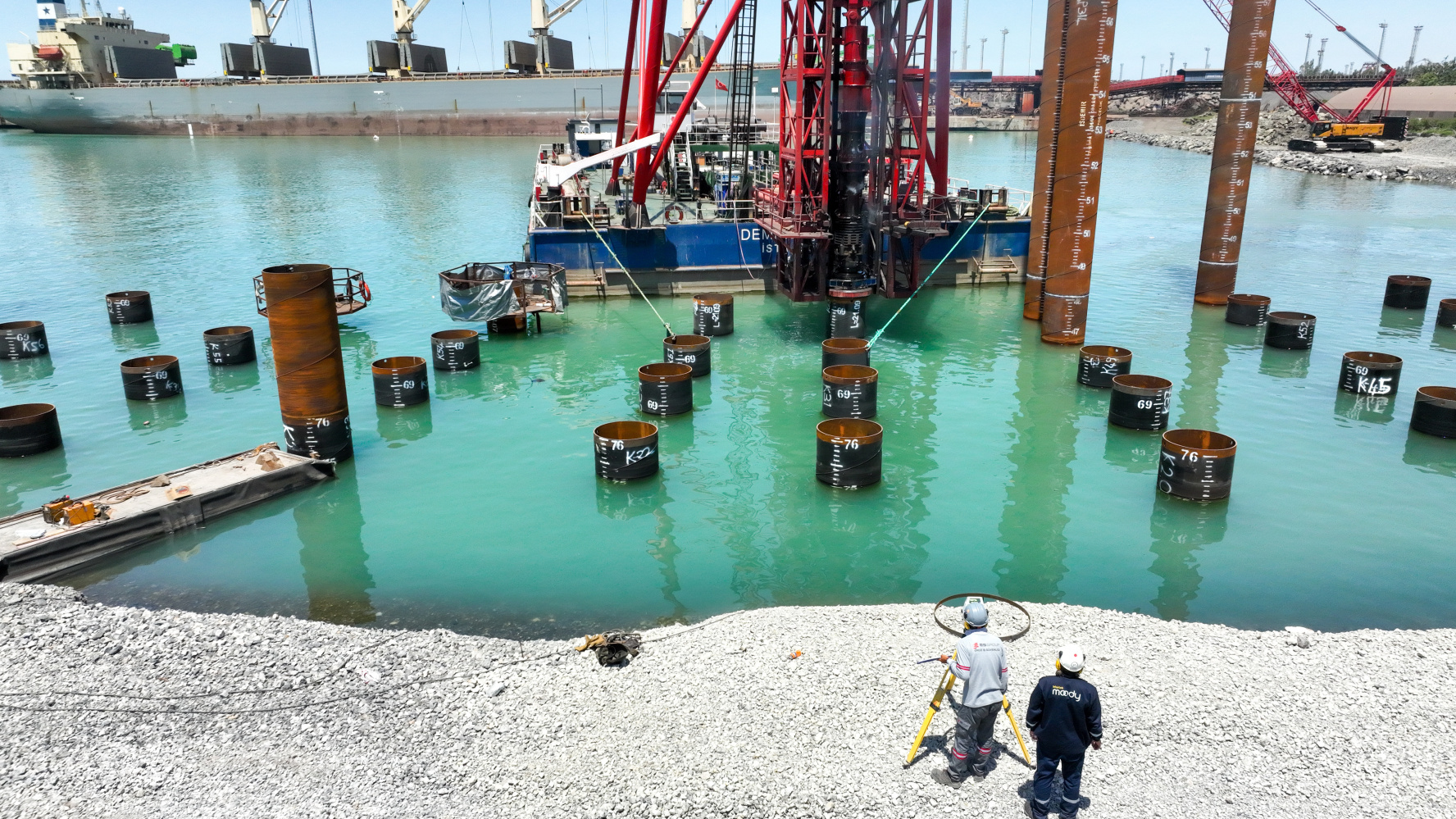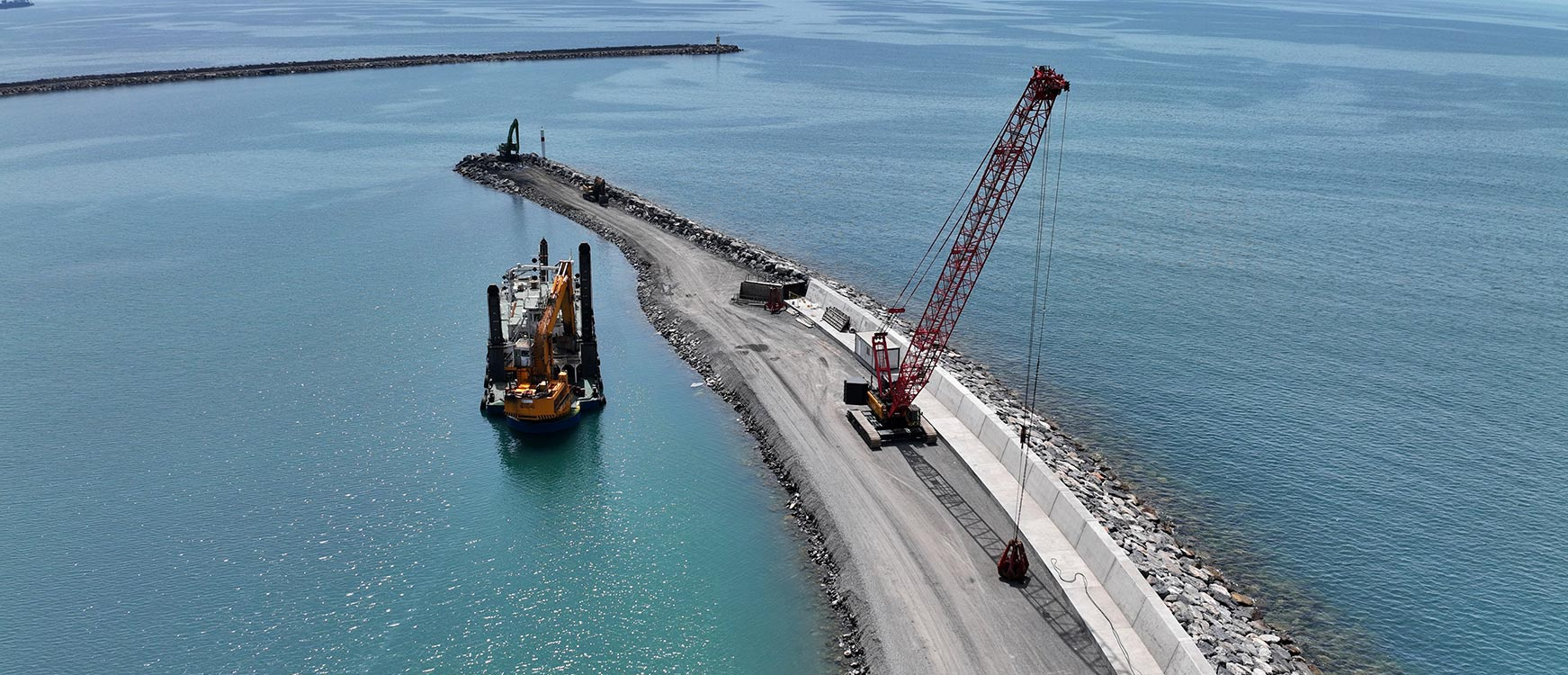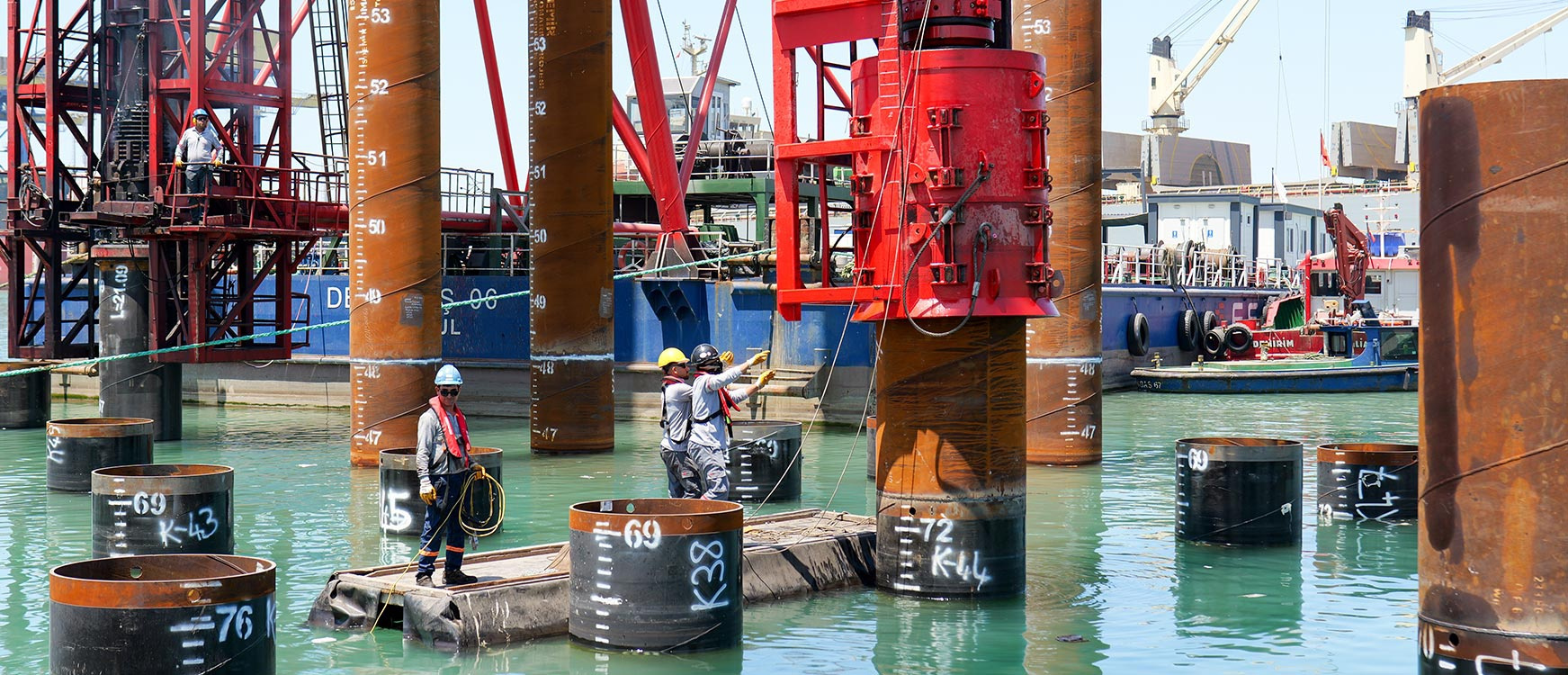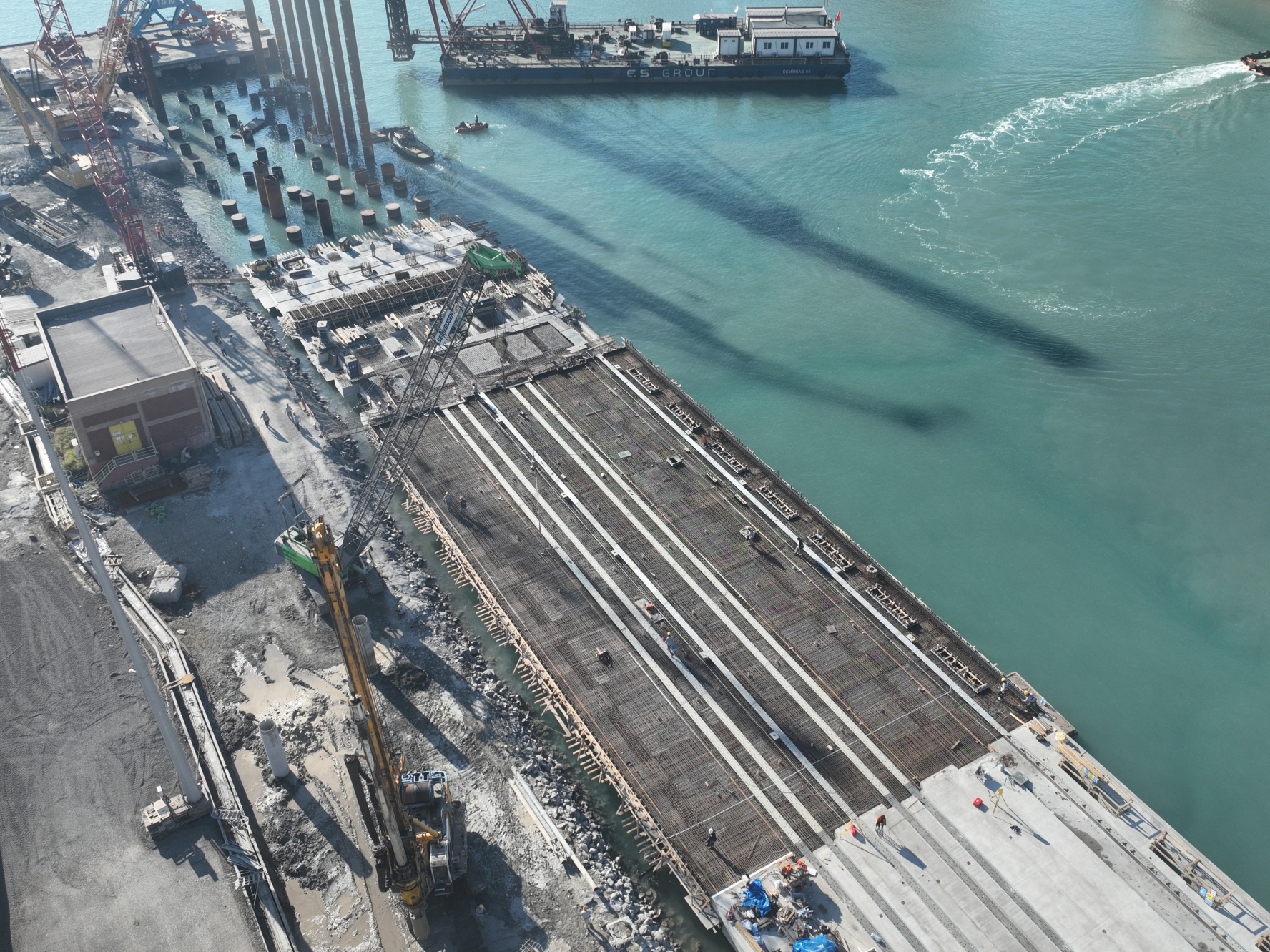Leader of the Industry in Marine Construction
Marine construction is a sophisticated discipline that encompasses engineering solutions performed in marine environments to strengthen the infrastructure of maritime trade and transportation, sustainably utilize marine resources, and protect coastal areas from natural threats.
Marine construction goes beyond just technical structural building; it focuses on projects that are in harmony with marine ecosystems, carry environmental responsibility, and serve long-term sustainability goals. This field of engineering, covering both coastal and offshore areas, aims to develop visionary projects that support global economic growth, preserve environmental balance, and maximize social benefits.
ES Denizcilik is one of Turkiye's leading marine construction companies. With its advanced fleet, the company has successfully completed many projects requiring specialized engineering knowledge. It is particularly known for its port construction and dredging projects aimed at the petrochemical and steel industries. ES Denizcilik's areas of expertise include coastal construction, underwater construction, seabed dredging, and offshore construction.



